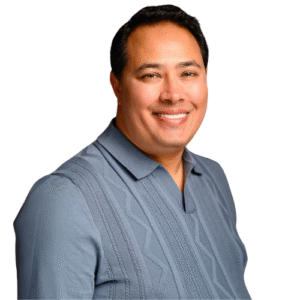What Is EBITDA in Dental Practices?
EBITDA stands for Earnings Before Interest, Taxes, Depreciation, and Amortisation. It’s a financial metric used to evaluate the operating profitability of a business — excluding financing, tax structures, and non-cash accounting charges.
In the dental world, EBITDA is commonly used by brokers, banks, and buyers to value a practice — by estimating the recurring profit available before tax and debt.
Why EBITDA Matters for Dental Practice Owners
EBITDA helps standardise performance — making it easier to:
- Benchmark against other practices (regardless of tax or funding structure)
- Understand operational profitability before drawings or tax
- Prepare for valuation or sale using industry-standard methods (e.g. 5× EBITDA)
- Compare true earnings potential across multi-site groups
Example:
Your practice shows £156K in net profit after depreciation and loan interest.
But when adjusted to EBITDA (adding back depreciation, interest, etc.), the practice shows £212K EBITDA — and could be valued at ~£1.06M using a 5× multiple.
How Is EBITDA Calculated?
| Formula | Description |
| EBITDA = Net Profit + Interest + Taxes + Depreciation + Amortisation | Strips away financing and non-cash expenses to show core business profit |
In dental practices, further adjustments may be needed — called “EBITDA Addbacks” — to reflect owner salary, one-off costs, or non-operational expenses.
Common Addbacks to Adjust EBITDA for Dental Valuation
| Addback Type | Example |
| Owner’s Salary | If not on payroll or paid below market rate |
| One-Off Expenses | Practice refurbishments, legal disputes, rebranding |
| Non-Recurring Income | COVID grants, asset sales |
| Family on Payroll | If not contributing operationally |
| Excessive Owner Benefits | Private use vehicles, luxury CPD, etc. |
DentPulse flags these during valuation prep — ensuring your EBITDA is clean and defendable.
How DentPulse Enhances EBITDA Insight
| Feature | Function |
| PPP™ Integration | Aligns EBITDA with real-world drawings and profit goals |
| Valuation Engine | Calculates adjusted EBITDA for sale, refinance, or partner buyout |
| Addback Tracker | Detects one-off expenses or personal perks for EBITDA normalisation |
| Exit Planning Tools | Shows how increasing EBITDA now impacts future practice value |
| EBITDA vs. PPBT™ Overlay | Compares exit-based value with owner-income value |
DentPulse ensures you know both:
What your practice is worth — and what it’s really giving you.
DentPulse Tip™
EBITDA helps buyers.
Profit-to-Pocket™ helps you.Use both to build a practice that’s valuable and livable — whether you’re selling or staying.
Related Glossary Terms
- Profit-to-Pocket™ (PPP) – Owner income after all business + tax commitments
- EBIT Efficiency Engine™ (EEE) – DentPulse tool to boost EBITDA through margin, chair, associate improvements
- Addbacks – Adjustments to EBITDA for accurate valuation
- Valuation Multiple – The factor applied to EBITDA to estimate sale value
- Net Profit – What’s left after all expenses — before EBITDA adjustments
Glossary Summary Table
| Term | Meaning |
| EBITDA | Earnings Before Interest, Taxes, Depreciation, and Amortisation — a measure of core operating profit |
| Use Case | Practice valuation, performance benchmarking, investment readiness |
| Risk | Can overstate value if owner drawings or one-offs are ignored |
| DentPulse Advantage | Tracks adjusted EBITDA, highlights addbacks, and links value to real-world take-home |




